How to change brake pads on SRAM disc brakes
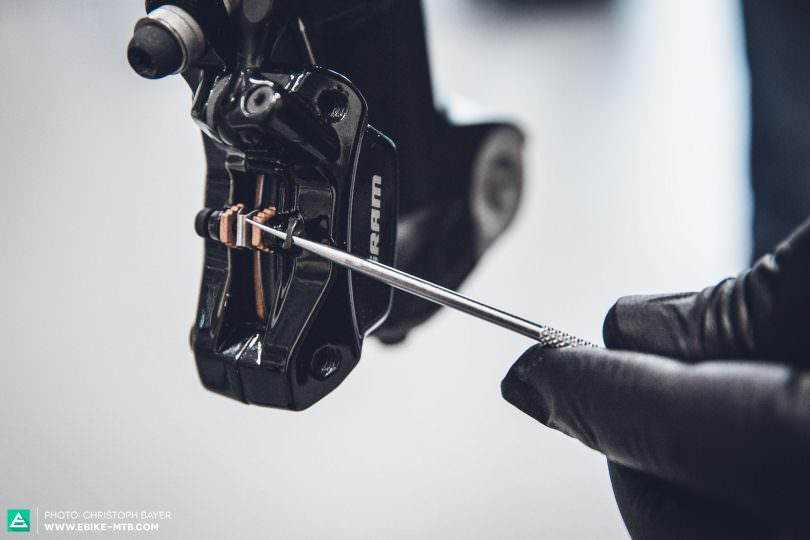
E-MTBs are hard on their brakes, so it’s crucial the pads don’t get worn out. Taking our cues from the brand new SRAM Guide RE brakes, here’s how to change the brake pads and break (or should that be ‘brake’) them in gently.
Difficulty
easy
Necessary tools
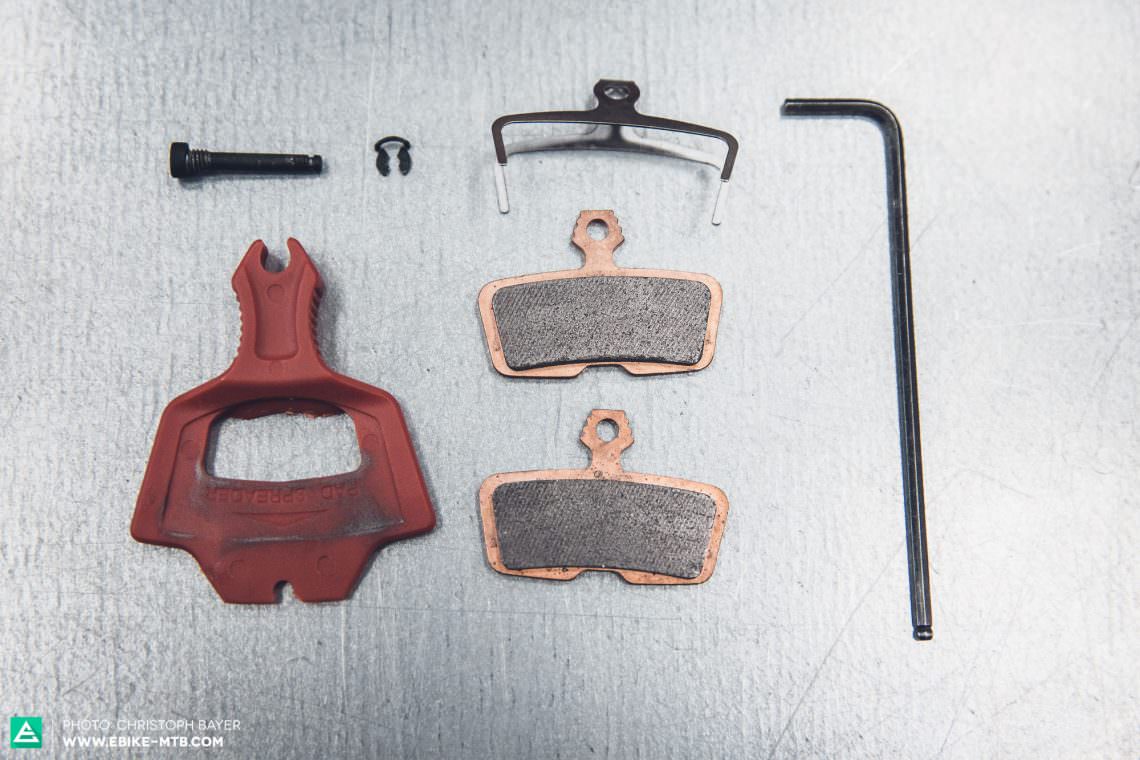
- 2.5 mm allen key
- new brake pads
- transport device (in red)
How to


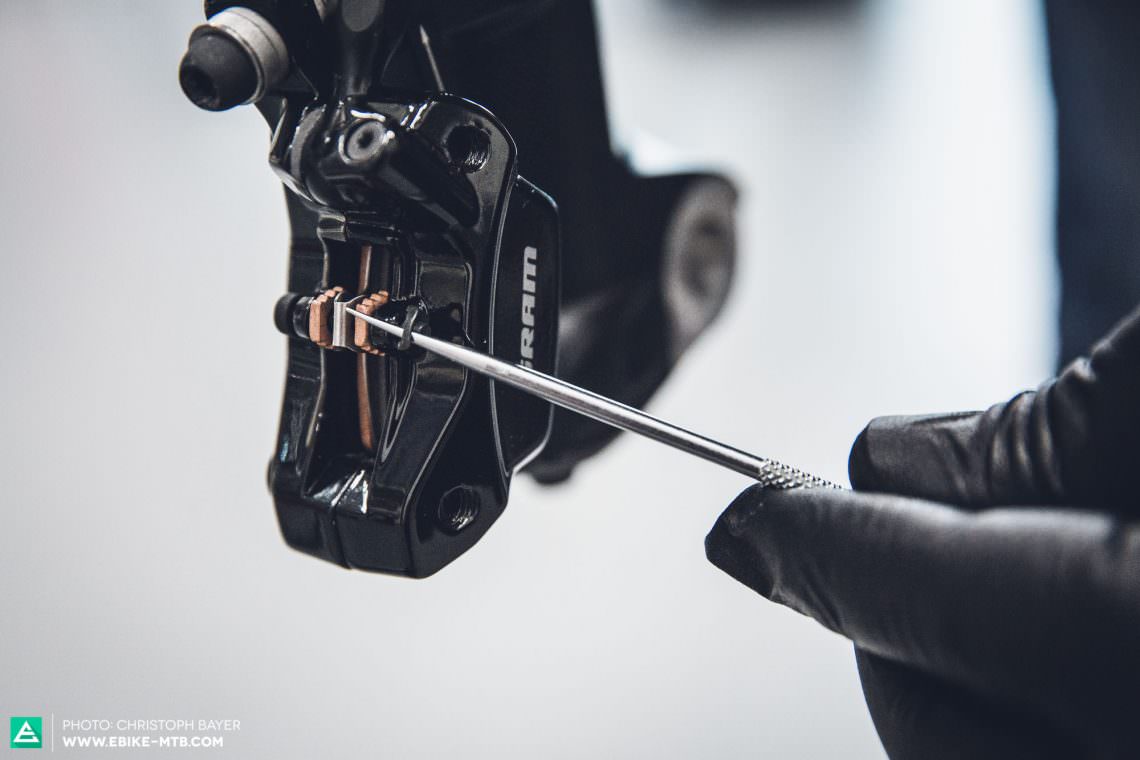
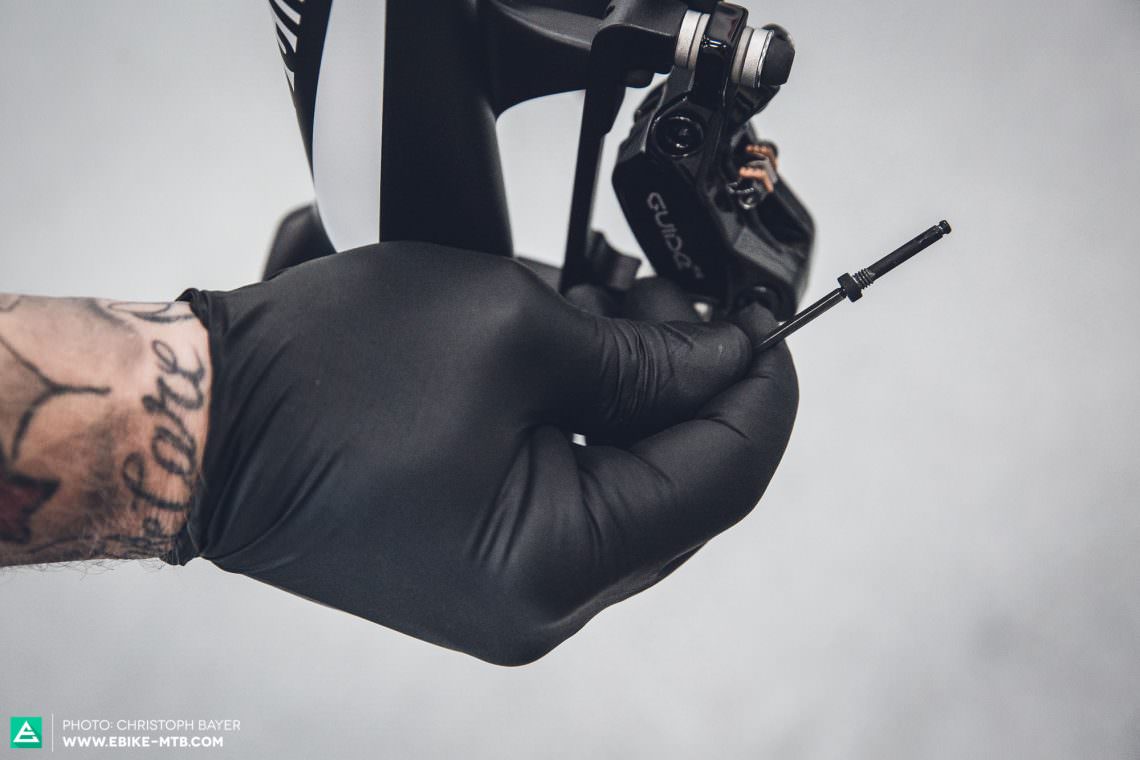


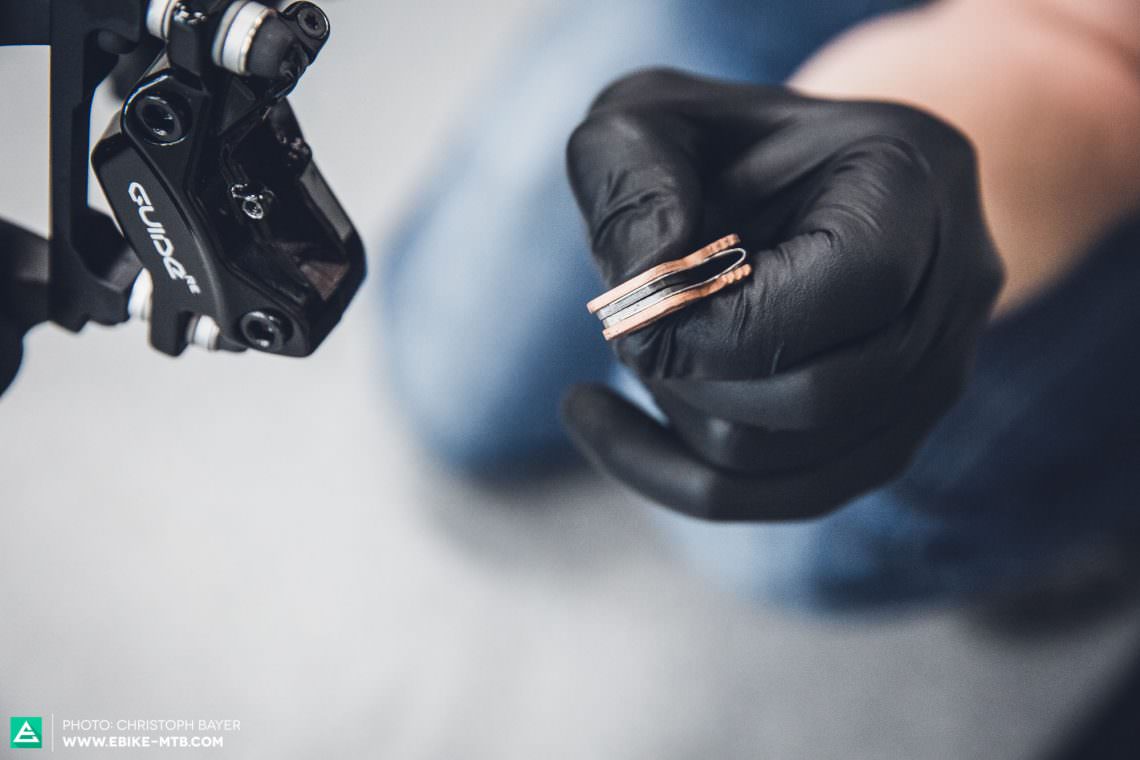
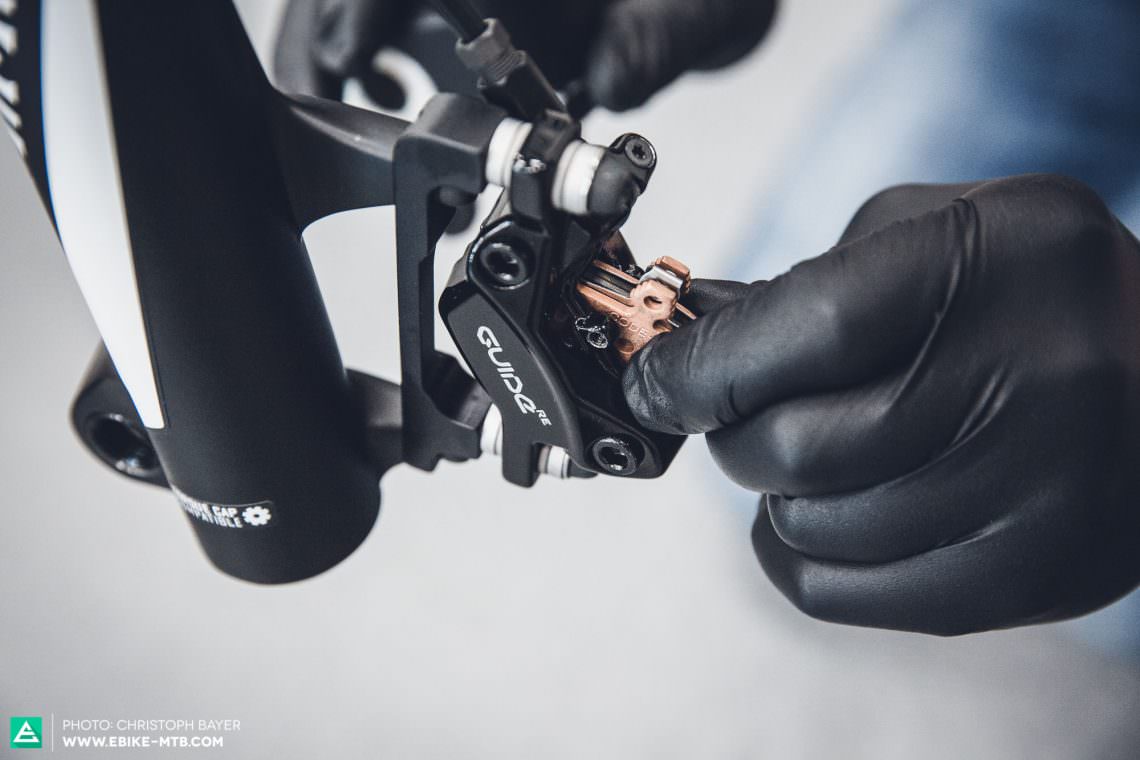

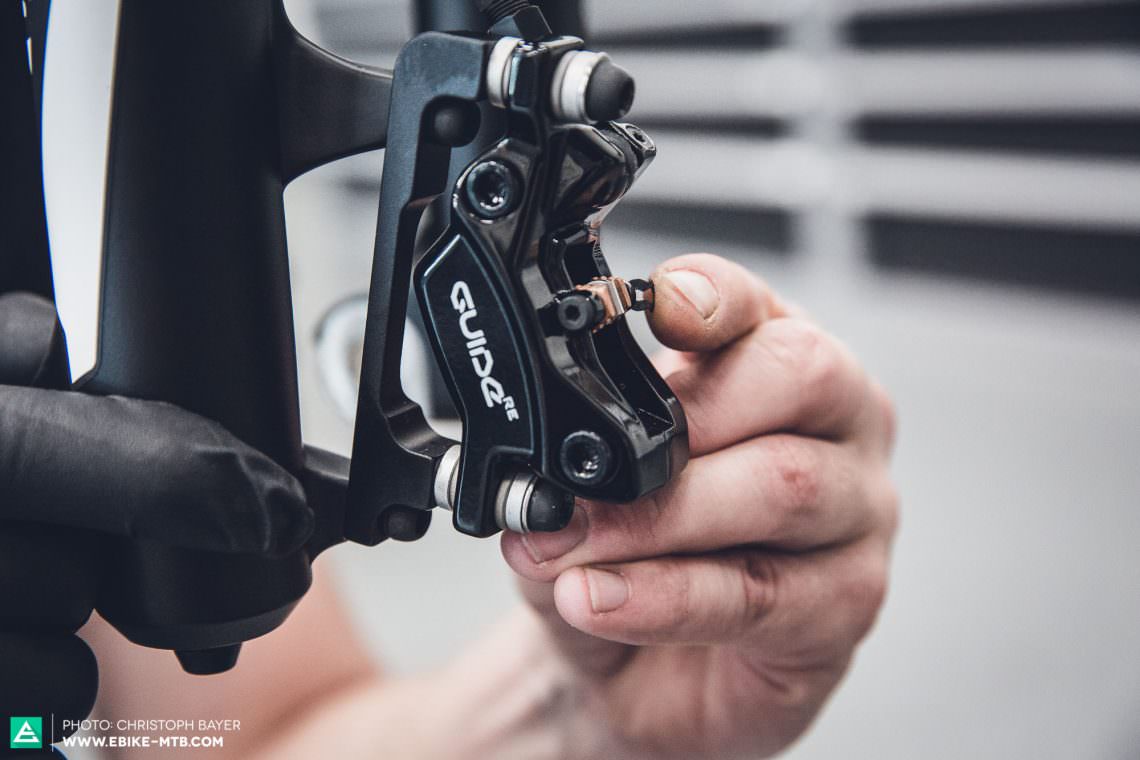
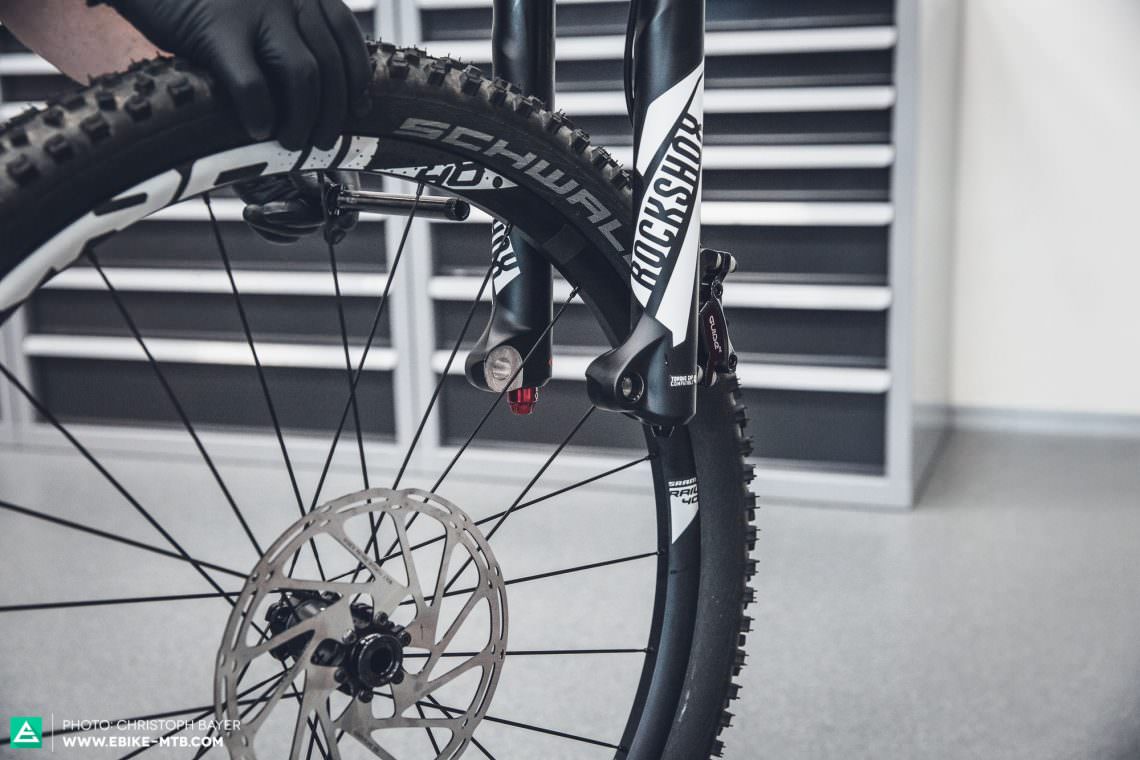
Essential for good braking – ‘break in’ the brakes before a proper ride!

To achieve the ultimate performance from the new pads, it’s crucial that you ‘bed them in’. Ride at around 25 km/h and tug on them about 20-30 times, but never come to a full stop – that would increase the risk of noise and braking inconsistencies with the pads. If there’s a noticeable increase in noise when you go from sintered brake pads to resin ones then you might need to change the rotors too.
Did you enjoy this article? If so, we would be stoked if you decide to support us with a monthly contribution. By becoming a supporter of E-MOUNTAINBIKE, you will help secure a sustainable future for high-quality cycling journalism. Click here to learn more.
Words & Photos:








